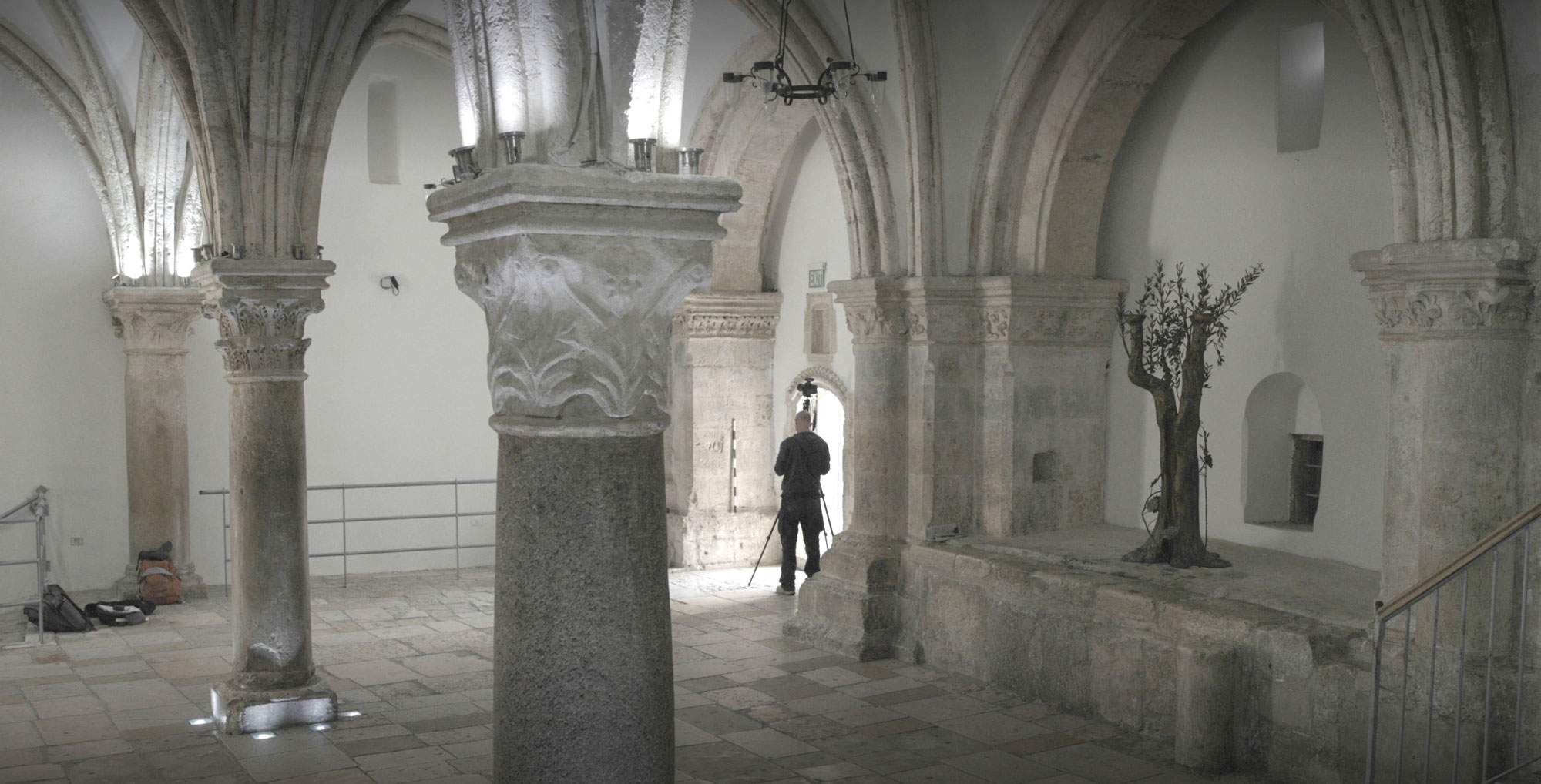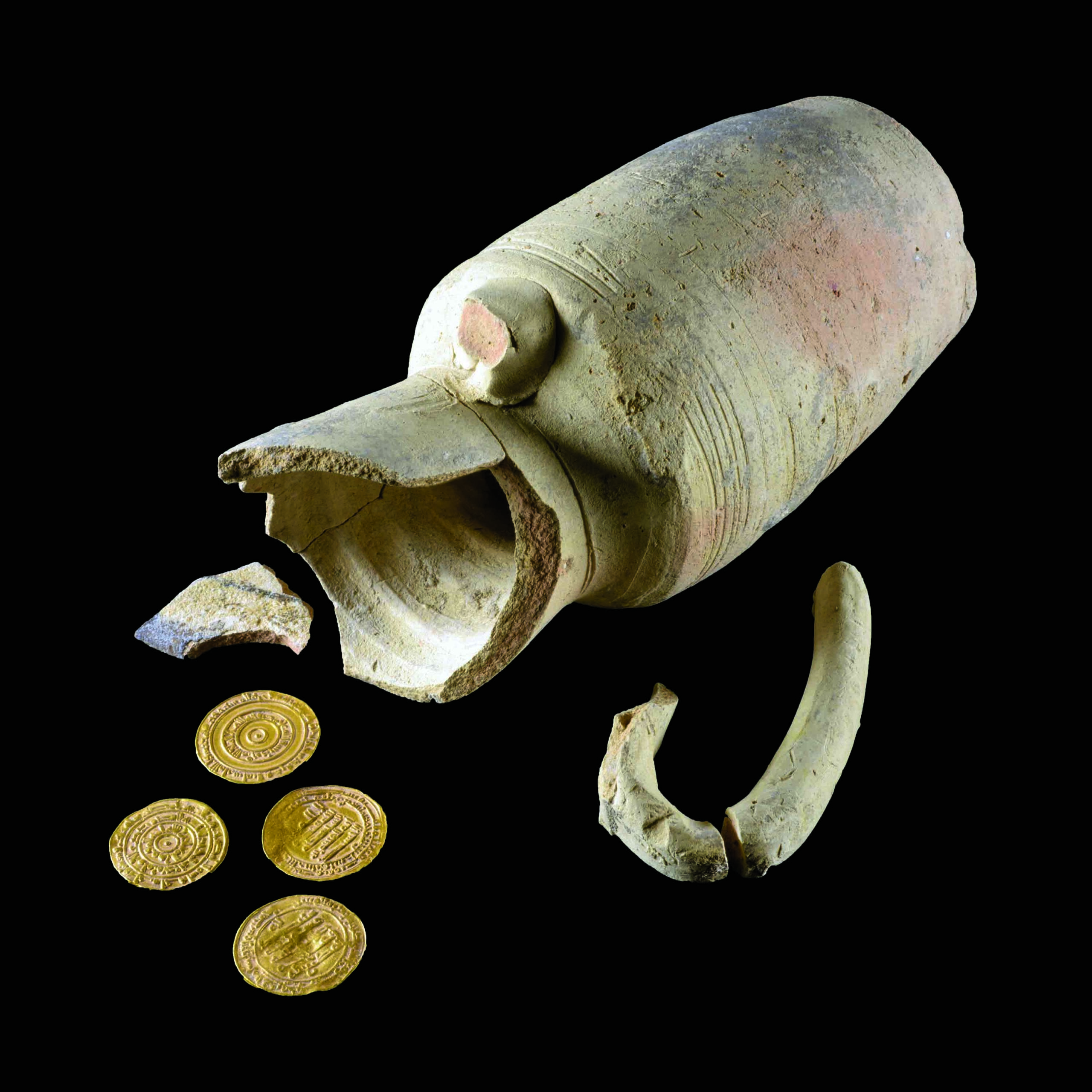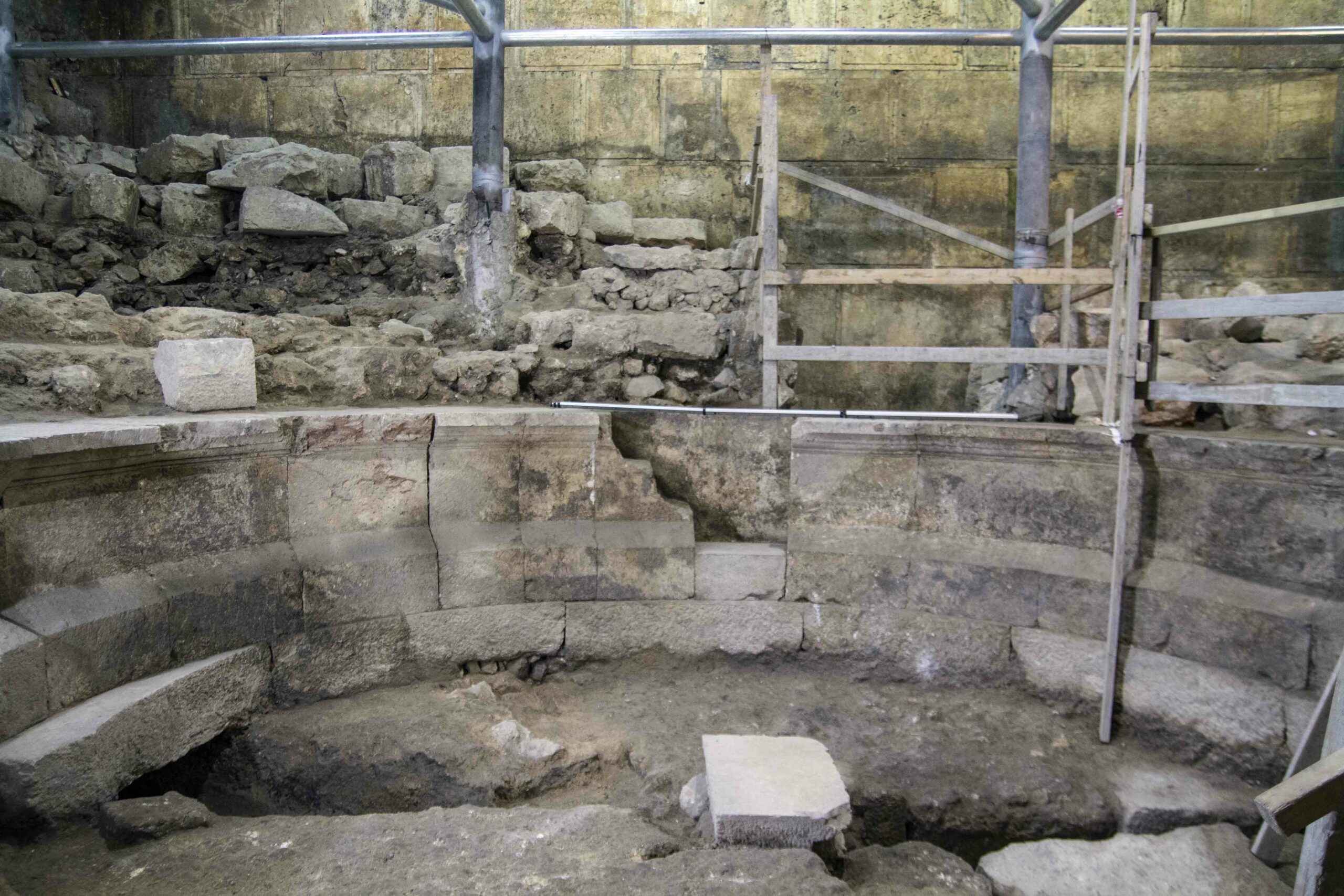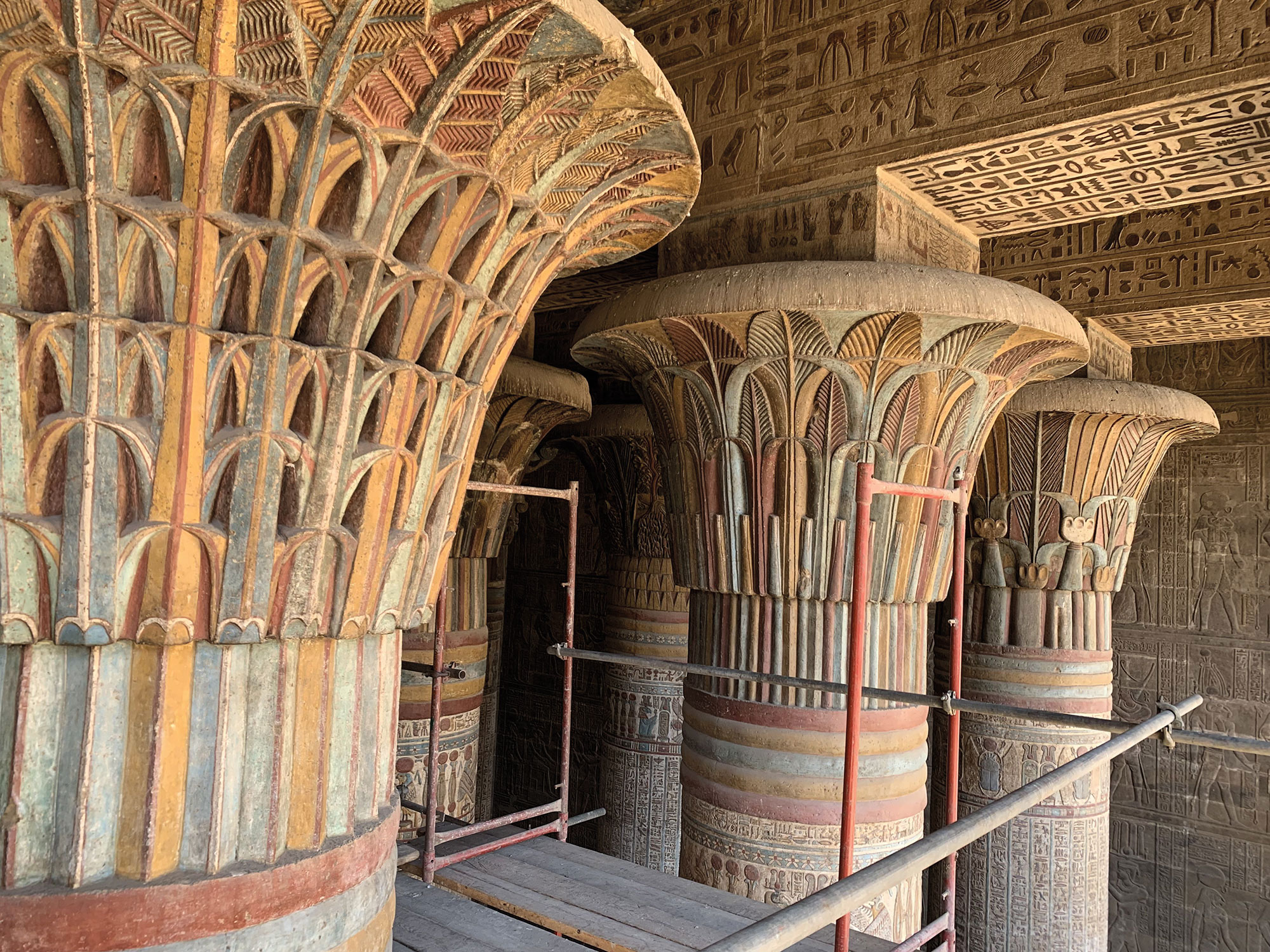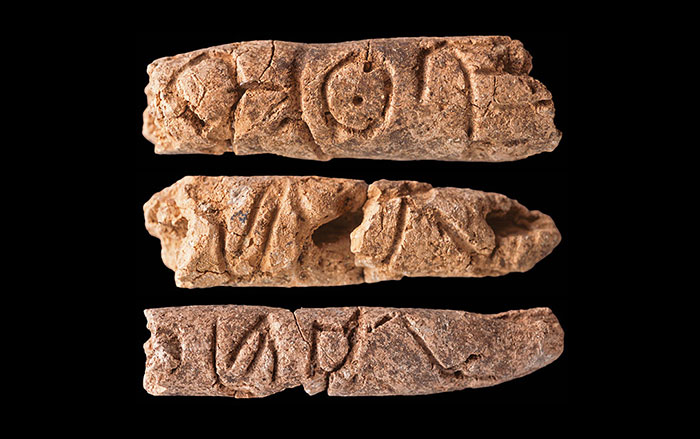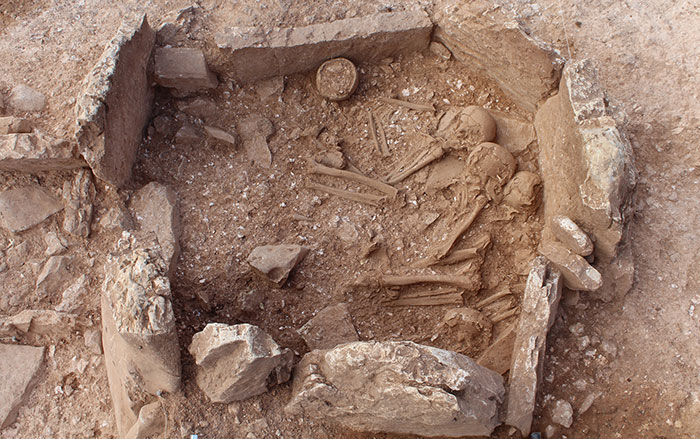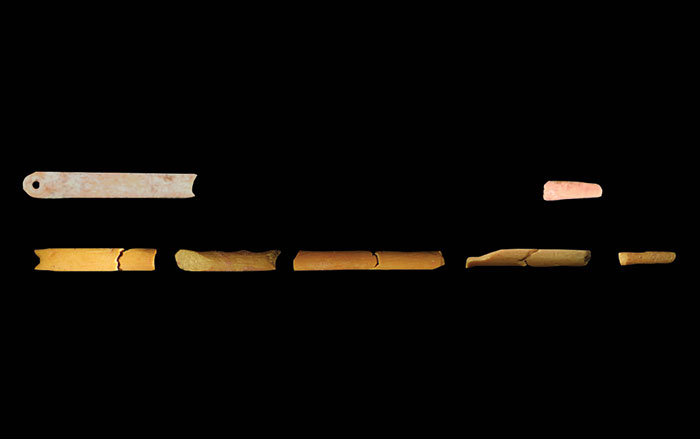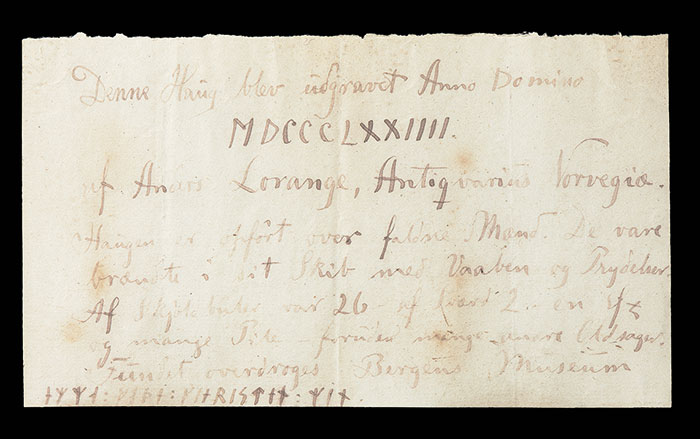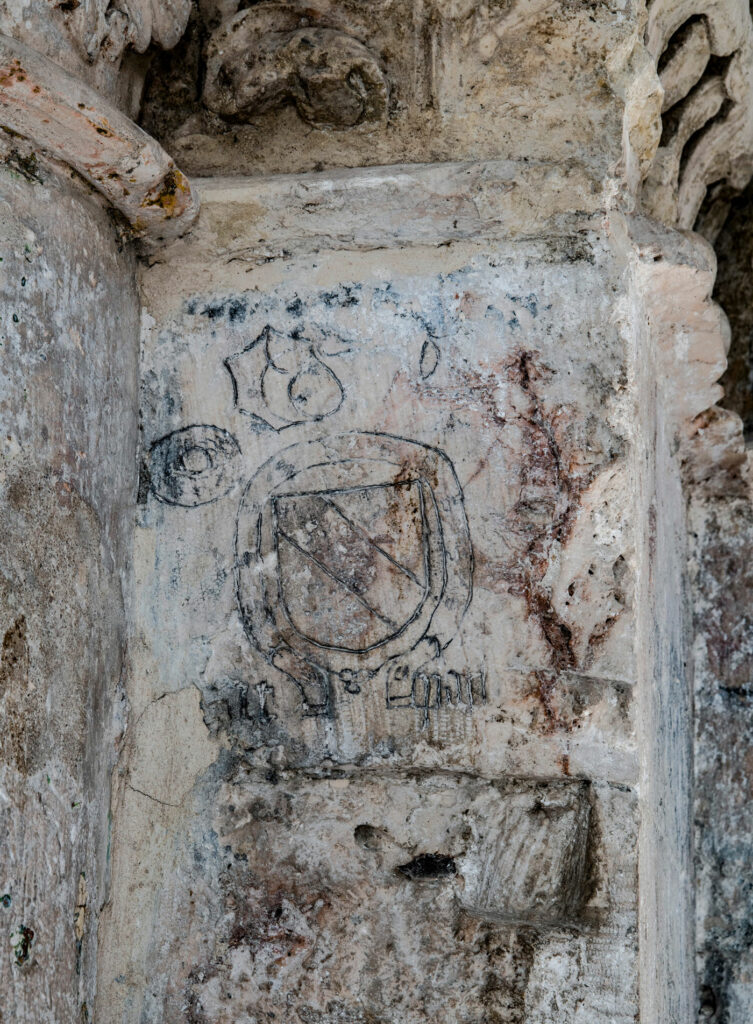
JERUSALEM, ISRAEL––According to a news release issued by the Austrian Academy of Sciences, an international research team used advanced photographic technology to decipher inscriptions on the walls of a medieval hall in Jerusalem that has shed new light on the identities and origins of pilgrims during the Middle Ages. The site is purportedly the location where Jesus held the Last Supper and has been visited by devout Christians for centuries, many of whom left graffiti and drawings on the walls that were not visible until now. The researchers identified the family crest of an Austrian noble who traveled to Jerusalem with the future Holy Roman Emperor, Frederick Habsburg, in 1436. They also revealed an Arabic inscription left by a female Christian pilgrim from the Syrian city of Aleppo, making it a rare material trace of pre-modern female pilgrimage. Overall, they found evidence of travelers from Armenia, Syria, Serbia, and Germanic-speaking lands who visited the site between the thirteenth and fifteenth centuries. However, the largest single group of graffiti was left by Arabic-speaking Christians from the East. “When put together, the inscriptions provide a unique insight into the geographical origins of the pilgrims,” said researcher Ilya Berkovich. “This was far more diverse than current Western-dominated research perspective led us to believe.” To read about a similar effort to decipher early medieval manuscripts in a Christian monastery in Egypt, go to "Recovering Hidden Texts."


